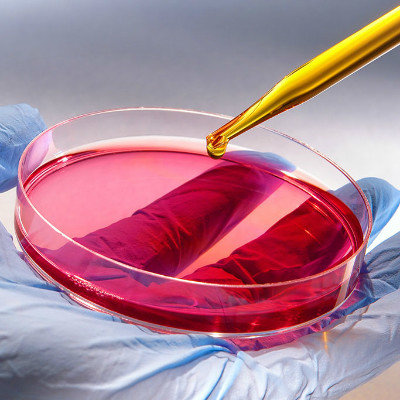Symptoms of acute seminal vesiculitis?
summary
Seminal vesiculitis often occurs at the same time as prostatitis, mostly due to retrograde infection. Most of the pathogenic bacteria are Staphylococcus aureus, hemolytic streptococcus and Escherichia coli, which are divided into acute and chronic seminal vesiculitis. Symptoms of acute seminal vesiculitis? Let's talk about it
Symptoms of acute seminal vesiculitis?
In acute cases, lower abdominal pain can be seen, involving the perineum and both groins. Chronic patients may have suprapubic pain and perineal discomfort. The pain was aggravated during ejaculation.

In acute cases, the symptoms of urgency and pain are obvious, and dysuria can be seen. In chronic cases, frequent micturition, urgency of micturition, discomfort of micturition and burning sensation were the most obvious. When the performance ejaculates, discharges the blood sperm, the seminal fluid presents pink or red or takes the blood clot. In acute cases, hematospermia is more obvious.

There may be fever, aversion to cold and shivering, which are the systemic symptoms of acute seminal vesiculitis. Hematuria is also one of the manifestations of acute seminal vesiculitis. Ejaculation pain, low libido, spermatorrhea and premature ejaculation were seen in chronic patients.

matters needing attention
When appropriate antibiotics are used, acute seminal vesiculitis should be treated until the symptoms completely disappear, and then continued for 1-2 weeks; Chronic seminal vesiculitis need to continue medication for more than 4 weeks to consolidate the curative effect. According to our experience, cephalosporin and quinolones are effective in intravenous application.














